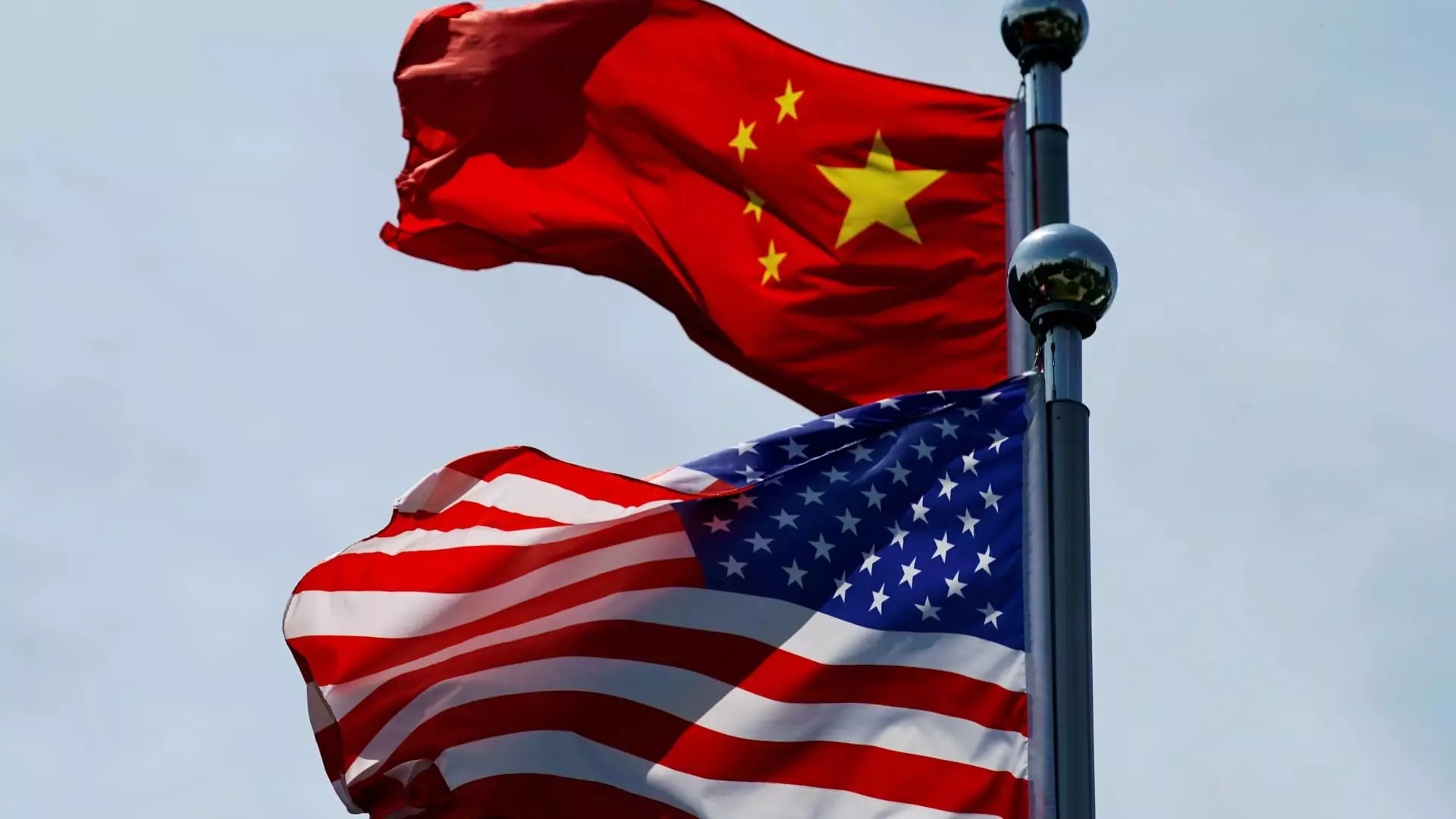In a bold move that has sparked discussions across global markets, President-elect Donald Trump announced via his social media platform, Truth Social, that he intends to implement a substantial tariff increase of 10% on all imports from China. This follows earlier statements revealing his intention to levy a 25% tariff on products from Mexico and Canada through his first executive orders after taking office on January 20. Such measures could fundamentally shift trade relationships and raise questions about the future of free trade agreements in North America.
Trump’s proposed tariff changes are primarily defensive, driven by concerns over illegal immigration and escalating drug trafficking, particularly focusing on the synthetic opioid, Fentanyl. In his statements, he emphasized the challenges the U.S. faces regarding the influx of this deadly substance, stating, “Drugs are pouring into our Country, mostly through Mexico, at levels never seen before.” Trump’s assertion that China has not adequately dealt with its role in the drug trade indicates a refining of the U.S. stance on international cooperation regarding narcotics trafficking. The national addiction crisis has revealed the depth of this issue, and his proposed tariffs are being framed as a tough stance against nations failing to curb this transnational problem.
Market analysts have responded to Trump’s tariff announcements with a mix of skepticism and caution. Kinger Lau, chief equity strategist at Goldman Sachs, noted that a 10% tariff is less aggressive than previously anticipated figures of 20%-30%. This revelation indicates a potential moderation in Trump’s approach to trade conflicts. However, the implications of these tariffs could ripple through financial markets, impacting not just U.S. consumers and businesses but also global supply chains that depend heavily on free trade principles. There are expectations that China may retaliate with its own measures, including currency devaluation and increased fiscal interventions to counteract potential economic slowdowns resulting from these tariffs.
The U.S. trade landscape is set for a substantial transformation should Trump’s tariffs come to fruition. The country’s relationships with Mexico and Canada, its largest trade partners, are particularly at risk, especially if trade agreements are rescinded or revised under duress from these new taxation policies. Such actions might lead to increased prices for consumers and economic friction between North American allies. Furthermore, with China categorized as the U.S.’s largest trading partner on a singular basis, the implications of disrupted trade could create significant fallout in both economies.
As the world observes these developing trade policies, it’s clear that Trump’s administration will embark on a confrontational approach to trade, reflecting a broader theme of nationalist economics. As tensions mount around tariff structures, both domestic and international parties will need to brace for a period of uncertainty. The long-term effects of such tariffs will rely heavily on diplomatic responses and economic adaptations from affected nations. Only time will reveal if these economic strategies will succeed in their stated goals or whether they will lead to increased turmoil in global markets.

